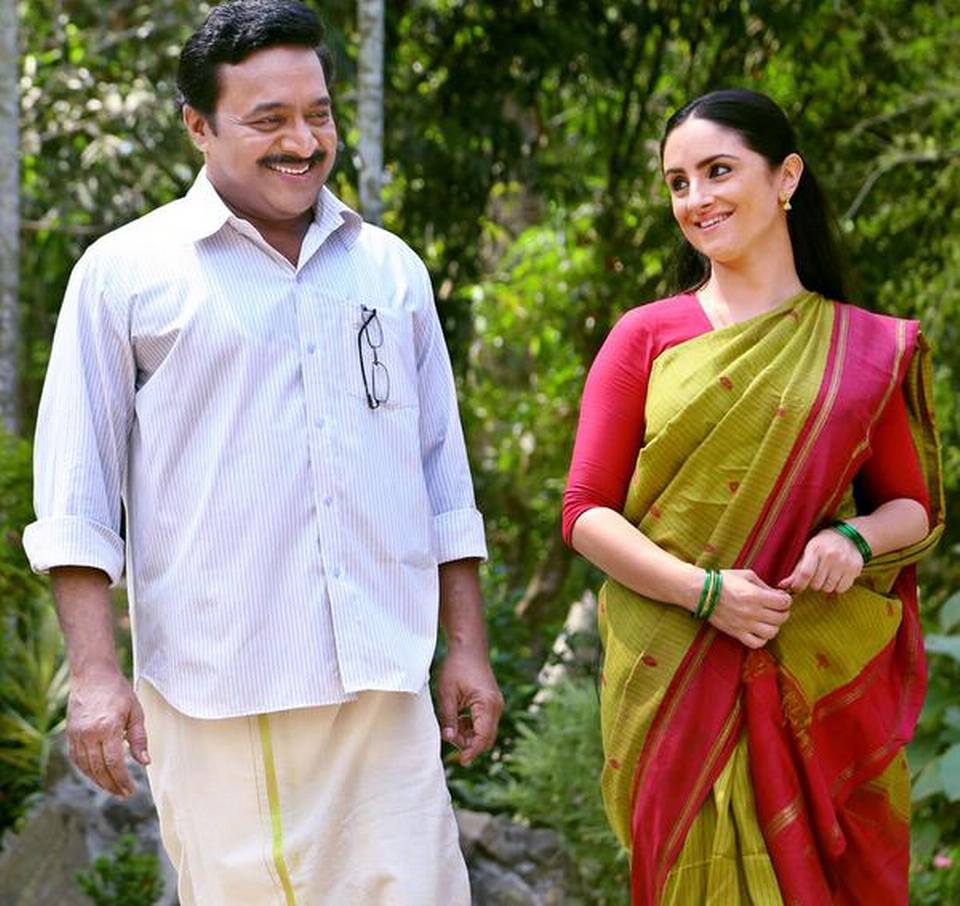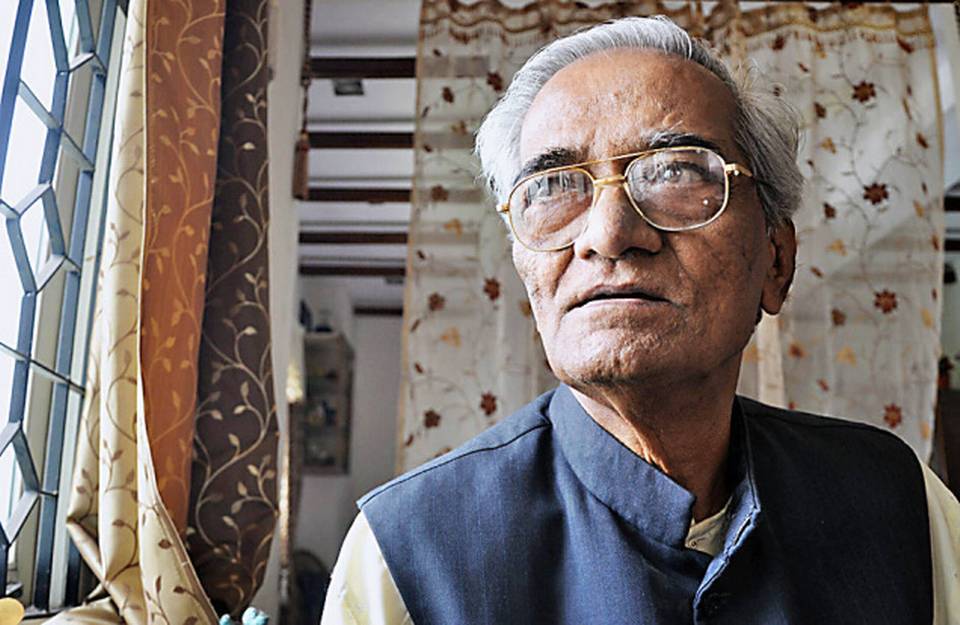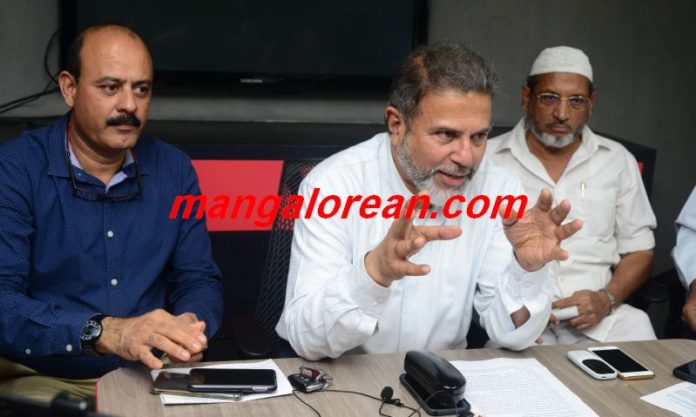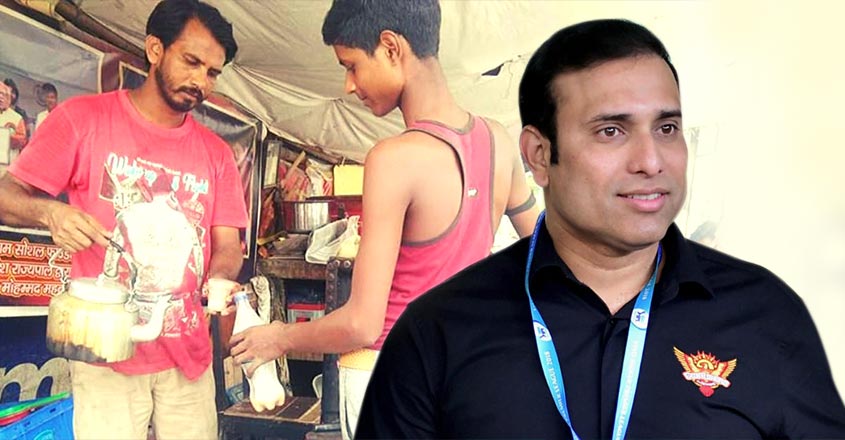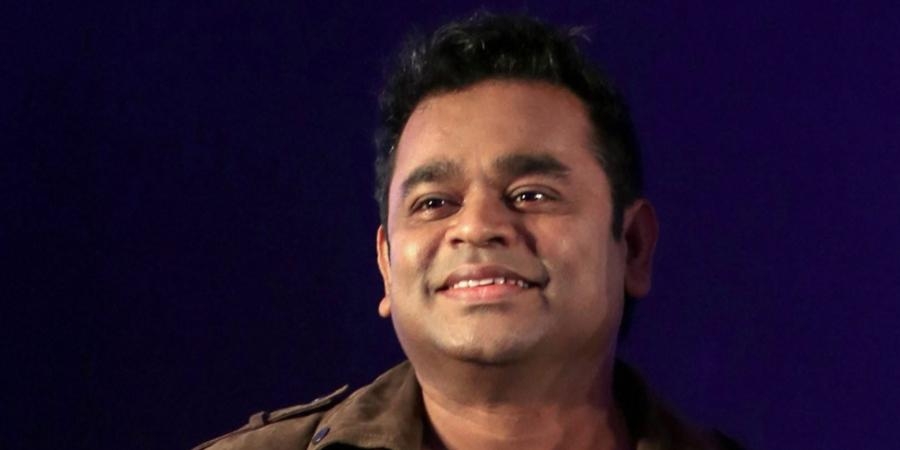Mumbai, MAHARASHTRA :
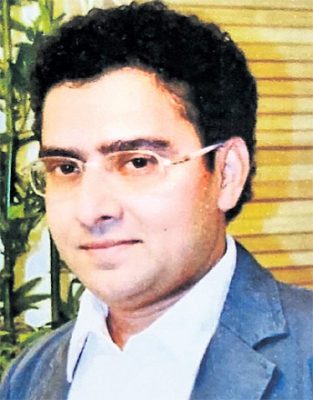
Nadir Khan Sargiroh’s stories about trivial things like raasta, chuha-billi and joote are full of proverbs, puns and punchlines.
To improve is to change, to be perfect is to change often. He has done just that and is garnering significant attention. Nadir Khan Sargiroh, the new kid on the block, has come as a breath of fresh air in Urdu literary circles. With a whole new approach to humour writing, he is trying to be ahead of the curve.
What is different about him is his out-of-the-box thinking and alternative way of telling stories. As his name suggests, Nadir has novel ideas. He has chosen to move off the beaten path, think freely and creatively. He doesn’t carry the burden of his contemporaries or constraints of his predecessors. Humour gets a fresh lease of life at his hands.
Humour is usually created by poking fun at someone. Urdu humourists do it at the expense of biwi, saas and saali. Nadir Khan steers clear of these stereotype characters. He doesn’t need a fixed image to construct his story or connect with readers. He is adept at creating humour by talking about such trivial things like raasta (way), chuha-billi (mouse and cat), janwar ki dum (animal tail), joote (shoes). He sets store by well-known phrases and expressions. His writings are proverb-packed and pun-based, something unheard of in Urdu literature.
In the story Duniya Bhar Ke Raaste Waaste, he writes: Kisi bhi manzil tak pahunchne ki awwaleen shart hai raasta. Shahron main raaste iss liye banaye jaate hain ke waqt be-waqt khudai ke liye koee maqool jagah maissar ho, aur hadison ka koee bahana ho (Roads are the prerequisite to reach any destination. In cities roads are laid so that they come in handy for on and off digging and there is some pretext for accidents). About the roadways in China, he says Cheen ke raaste duniya ke raaston ke muqable main zara chain ka saans lete hain. And here is the masterstroke: Cheen ke tamam raaste Made in China hain.
Nadir Khan has developed the craft of playing on words. Idiomatic construction of sentences is his strong point. And he loves to exploit multiple meanings of a term. There is, of course, spontaneity in the use of expressions and this adds to the charm. Readers never feel that an expression has been squeezed in needlessly. In the story Hunooz Billi Door Ast, Nadir Khan’s writing prowess comes to the fore as he goes on a wordplay binge. The story is all about the terrific time rats give, their secret holes and clever exit points. There is nothing new about rat infestation, but the way Nadir Khan weaves the story with idioms and expressions makes it highly readable. Sample these sentences:
Baaz janwar dil main ghar kar jaate hain aur chuhe ghar main bil kar jaate hain. Nadir plays on the word ‘ghar’ and ‘bil’ to say how some animals make a home in hearts while some a burrow in homes. Then, he goes on to explain the ‘naak main dum’ created by rats and also the importance of ‘har-bil azeez’ rodents in medical testing. If only they stopped making runs from here to there. For this wishful thinking, he puns on Mirza Ghalib’s famous verse: Gharon main daudte phirne ke hum nahin qaail
Nadir Khan, who hails from Mumbai, is an engineer in urban designing. He took to Urdu fiction writing in 2006 but soon realised that he should write something different if he wants to stand out from the rest. Endowed with a natural flair for humour, he decided to make it his passion. But here too, he faced challenges as there are many big names in Urdu humour writing like Ibne Insha, Mushtaq Ahmed Yousufi (Pakistan) and Mujtaba Hussain of India.
“I have evolved a different style of humour writing which is engaging and full of proverbs,” says the 48-year-old writer who enthralled the audience at the recently-held annual humour conference of Zinda Dilan-e-Hyderabad.
Nadir Khan is careful in avoiding double meaning words and below-the-belt remarks. His stories are humorous in a dignified way. No wonder he has a good fan-following among women. The title of his first book itself is humorous. He has named it Baa-Adab Baa-Muhaawara Hoshiyaar. His second book Nadir Shahi Tukde is almost ready and will be released shortly.
Nadir Khan keeps his short stories really short, sometimes just a few paragraphs. But, every para is laced with phrases and punchlines. When he writes about cricket, he says how Australia ‘cricket ko khel samjhta hai’. Describing the nabbing of a thief from a well he twists the well-known proverb to say ‘chor geele hathon pakda gaya’. In a ten-line write-up on Payedar Paye, he uses as many proverbs. Playing on the word ‘paya’ (goat’s legs), he writes how badi der tak paye aag par aur hum intezar main galte rahe (for a long time, the lamb trotters on fire and me in waiting kept roasting). In the short piece on Ainak Ka Bojh, he explains how spectacles rest on naak ke sar par pate ke bal while uski tangon ka bojh donon kanon ke kandhe sambhalte hain.
Writing about the shoe-hurling incident at George Bush by an Iraqi journalist, he says the media highlighted the targetted attack more than the gola-bari on Iraq. But, see the bravado of Bush who jootiyan kha ke be-maza na huva. Nadir Khan resorts to Ghalib’s famous verse to deliver the punch by replacing the word ‘gaaliyaan’ with ‘jootiyan’. His write-ups are such that readers will die laughing. And surely zindagi naam hai hans-hans ke mar janeka.
Nadir Khan’s sense of humour and irony come out in the story on matrimonial ads. He writes: Alliance is required from a teacher who is educated, a policeman who is honest, a professor who is attentive and a politician ‘jo galiyan kha ke be-maza na hua’.
Like all humour writers, a sidekick figures in Nadir Khan’s stories. This Quixote goes by the name Purjosh Puri and comes in handy for the author to take pot-shots. Many writers, including the king of humour, Mujtaba Hussain, feels Nadir Khan has the potential to emerge as the leading humour writer of Urdu.
Karta nahin hai tanz-nigari main aiyen-gaiyen
Khail hain iske rang ke khud Mujtaba Hussain
Ye Sargiroh-e-Khafila haraf saaz hai
Iss par to Urdu ke adeebon ko naaz hai
source: http://www.telanganatoday.com / Telangana Today / Home> Literature / by J S Ifthekhar / December 15th, 2019


